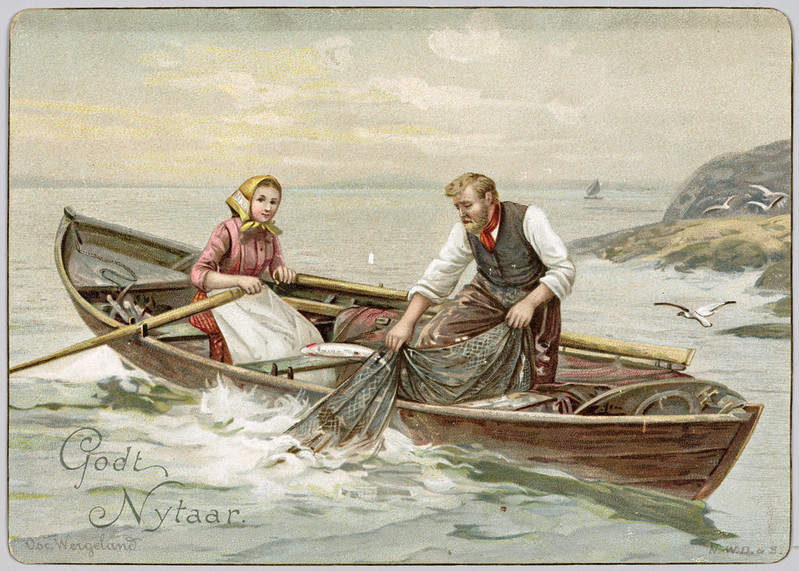Before boats were produced and bought in bulk, local communities produced their own vessels, each with its own style. In Norway, particularly around Hordaland, Os, and Bergen, the most common small craft was the oselvar. Made from overlapping planks of pine, the oselvar has been famed for centuries as a lightweight, sturdy, and fast craft. Another point in its favor was its ease of transportation; rather than shipping a whole boat, manufacturers could pack it in pieces to be assembled later. In this way, the small oselvar traveled as far as modern Scotland.
Today, it’s all too easy for traditional boatmaking methods to be lost and forgotten. But the oselvar is still preserved by craftsmen, especially in its home regions, through the Os Municipality, Hordaland County, and the Arts Council Norway. This video courtesy of UNESCO documents the modern process of creating one such boat, from felling the pine trees to its maiden voyage. The total process for each boat takes 500 to 600 hours:
References
Jennings, Andrew, Silke Reeploeg, and Angela Watt, eds. Northern Atlantic Islands and the Sea: Seascapes and Dreamscapes. Cambridge Scholars Publishing, 2017.
“Oselvar Boat - Reframing a Traditional Learning Process of Building and Use to a Modern Context.” UNESCO, UNESCO, ich.unesco.org/en/BSP/oselvar-boat-reframing-a-traditional-learning-process-of-building-and-use-to-a-modern-context-01156.
About TOTA
TOTA.world provides cultural information and sharing across the world to help you explore your Family’s Cultural History and create deep connections with the lives and cultures of your ancestors.


